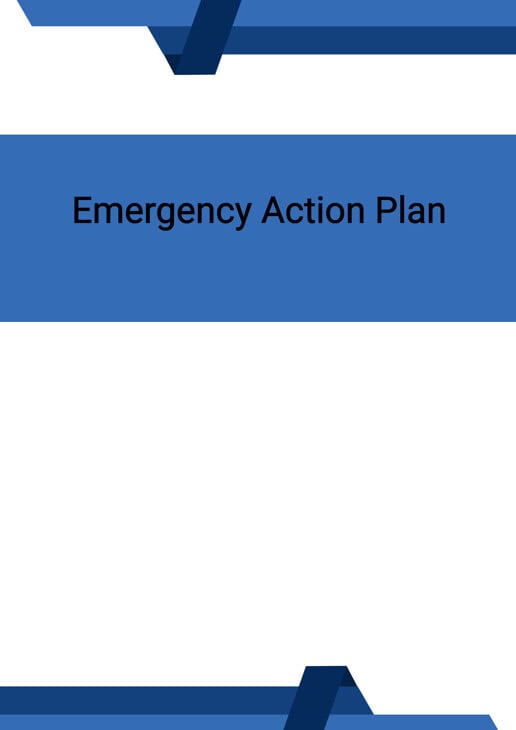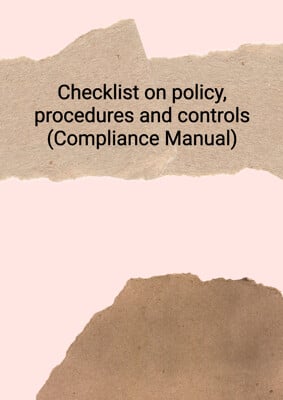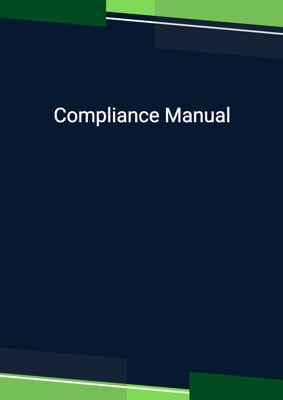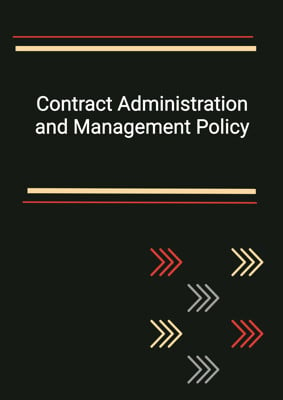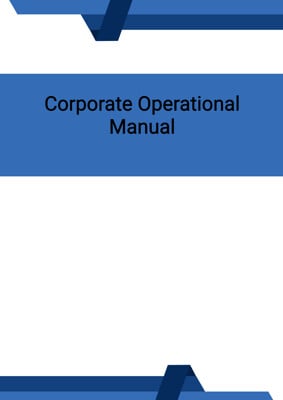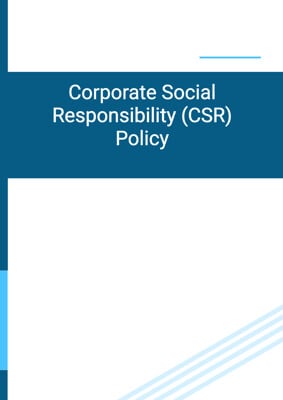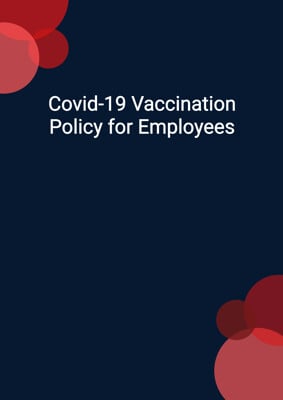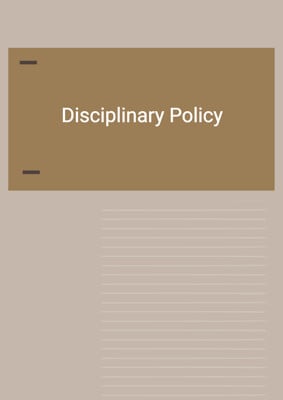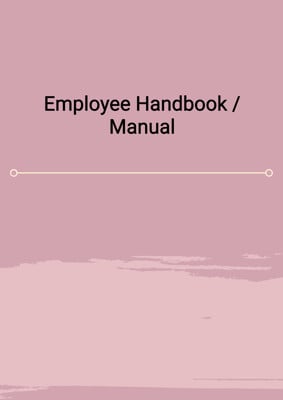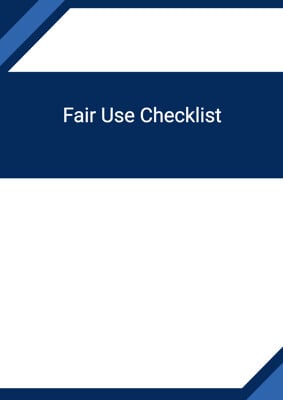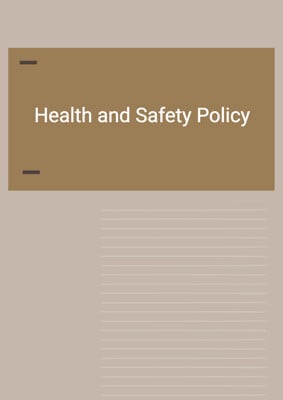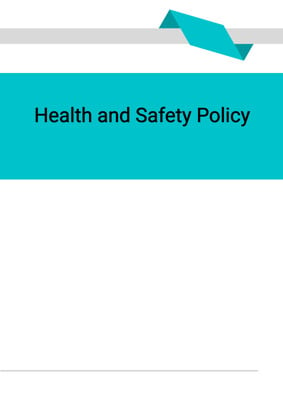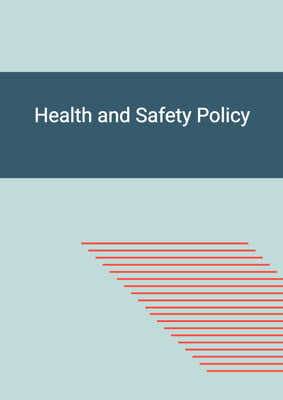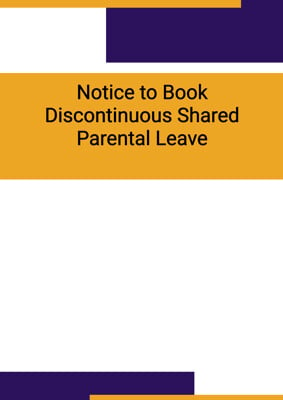How to Tailor the Document for Your Need?
01
Create Document
Click "Create Document" button and the document will be prepared with your account details automatically filled in.
02
Fill Information
Please fill in any additional information by following the step-by-step guide on the left hand side of the preview document and click the "Next" button.
03
Get Document
When you are done, click the "Get Document" button and you can download the document in Word or PDF format.
04
Review Document
Please review the document carefully and make any final modifications to ensure that the details are correct before publication / distribution.
Document Preview
Document Description
Emergency Action Plan (EAP)
Definition:
An Emergency Action Plan (EAP) is a comprehensive guide that outlines specific procedures for responding to workplace emergencies. It serves as a critical resource to ensure the safety and well-being of employees, visitors, and property during unforeseen incidents.
Key Components:
-
Identification of Potential Emergencies:
- Lists various emergency scenarios, including:
- Fires
- Severe weather (tornados, hurricanes)
- Hazardous material spills
- Medical emergencies
- Active shooter situations
- Helps employees recognize potential threats and the need for immediate action.
- Lists various emergency scenarios, including:
-
Roles and Responsibilities:
- Designates specific roles for employees and management in emergency situations.
- Identifies an emergency response team (ERT) responsible for implementing the EAP.
- Clearly outlines each person's responsibilities to ensure a coordinated response.
-
Emergency Procedures:
- Provides detailed step-by-step instructions for various emergencies.
- Includes evacuation routes, safe areas, and shelter-in-place protocols.
- Covers communication procedures, ensuring everyone knows who to contact and how to report emergencies.
-
Emergency Contact Information:
- Lists key contacts, including local emergency services (fire, police, medical), external safety agencies, and internal contacts (safety officers, managers).
- Ensures quick access to resources during an emergency.
-
Training and Drills:
- Specifies required training for employees to familiarize them with the EAP.
- Describes regular emergency drills to practice response procedures and identify areas for improvement.
-
Plan Maintenance and Review:
- Details how often the EAP will be reviewed and updated to reflect changes in the workplace or regulations.
- Ensures the plan remains relevant and effective over time.
Importance of the Emergency Action Plan
-
Ensures Safety:
- The primary purpose of an EAP is to protect the health and safety of employees, visitors, and property during emergencies. By having a clear plan, individuals know how to respond effectively, reducing panic and confusion.
-
Promotes Preparedness:
- An EAP equips employees with the knowledge and skills necessary to respond swiftly to emergencies. Regular training and drills build confidence in their ability to manage incidents.
-
Reduces Risks:
- By identifying potential emergencies and establishing clear procedures, an EAP minimizes the likelihood of accidents and injuries. This proactive approach to safety fosters a culture of preparedness.
-
Legal Compliance:
- Many regulations, such as the Occupational Safety and Health Administration (OSHA) standards, require employers to have an Emergency Action Plan. Compliance with these regulations helps avoid legal repercussions and potential fines.
-
Facilitates Effective Communication:
- An EAP establishes communication protocols to ensure that all employees are informed about emergencies. Effective communication is crucial for a coordinated response and minimizes misunderstandings during crises.
-
Enhances Organizational Resilience:
- Having a well-structured EAP demonstrates an organization’s commitment to safety and preparedness. This can enhance the organization’s reputation and contribute to employee morale and trust.
-
Aids in Recovery:
- An EAP not only focuses on immediate response but also outlines recovery procedures following an emergency. This helps the organization return to normal operations as quickly as possible.
In summary, an Emergency Action Plan is an essential document that provides a structured approach to handling emergencies in the workplace. Its importance extends beyond immediate response, fostering a culture of safety, compliance, and preparedness that benefits everyone involved.
Not the right document?
Don’t worry, we have thousands of documents for you to choose from:
